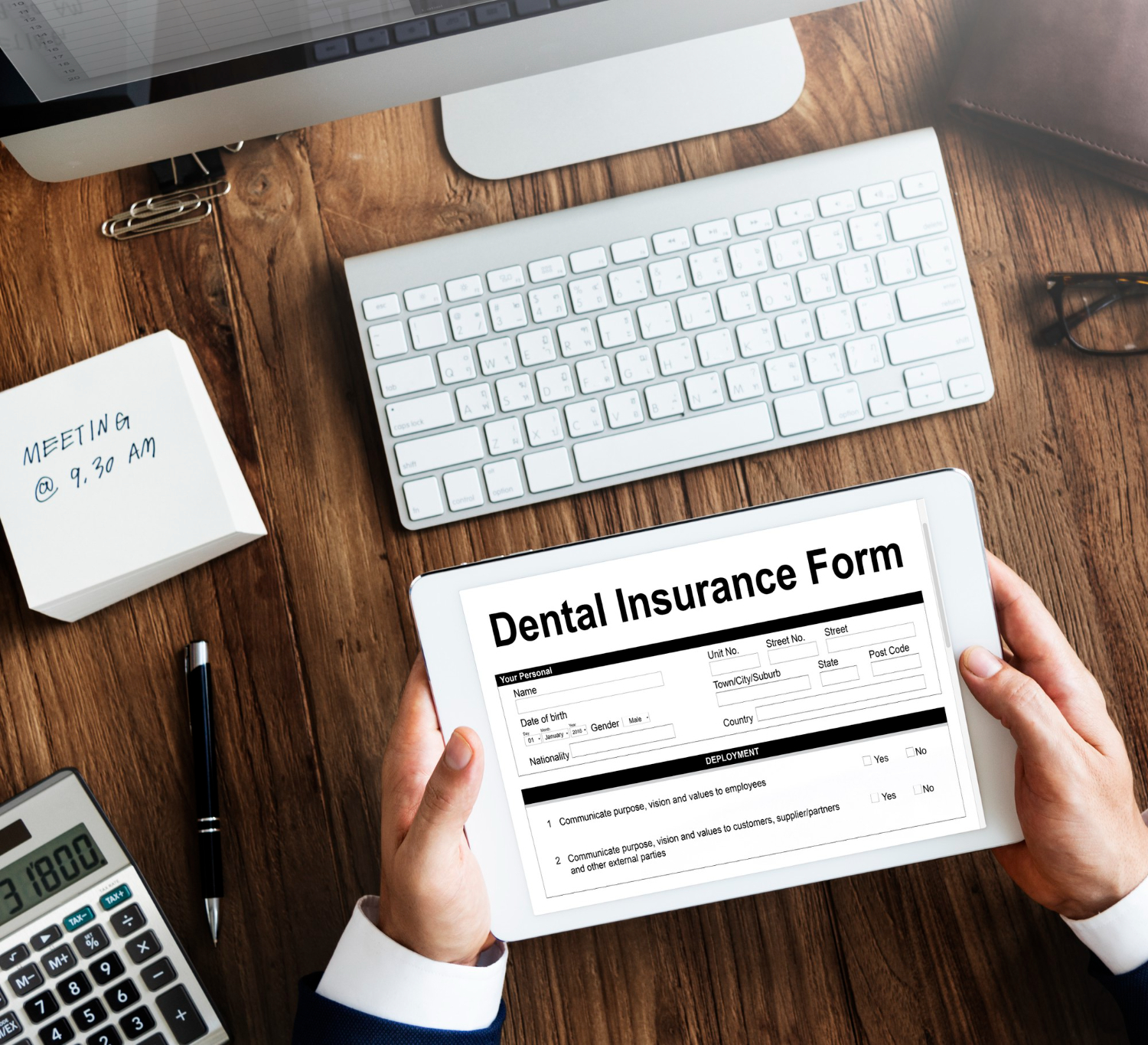Auto insurance companies is an essential safeguard for drivers, yet not all motorists qualify for standard policies. Some individuals are categorized as “high-risk” due to various factors, such as a history of traffic violations, multiple accidents, poor credit scores, or even DUI convictions.
High-risk drivers often struggle to find affordable coverage through conventional auto insurance companies, leading them to specialized providers that cater to their needs.
High-risk auto insurance companies are insurers that focus on providing policies to drivers who are deemed too risky for standard coverage. While their rates may be higher, they offer essential protection to those who might otherwise struggle to secure insurance.
Understanding which companies specialize in high-risk auto insurance can help drivers make informed decisions about their coverage options.
Characteristics of High-Risk Auto Insurance Companies
High-risk auto insurance companies differ from traditional insurers in several ways:
- Higher Premiums – Since these insurers take on riskier clients, their policies come with steeper costs.
- Limited Coverage Options – Some high-risk insurers may only offer basic liability insurance, while others provide comprehensive policies at increased rates.
- SR-22 & FR-44 Filings – Many high-risk drivers are required to carry an SR-22 or FR-44 form, which proves that they meet state-mandated insurance requirements.
- Strict Payment Terms – Unlike standard insurers, many high-risk auto insurance companies may require larger down payments or shorter payment cycles.
- Flexible Acceptance Criteria – While mainstream insurers may reject applicants with poor driving records, high-risk insurers specialize in accepting these individuals.
Top High-Risk Auto Insurance Companies
Several auto insurance companies specialize in high-risk policies. Below are some of the most reputable insurers that provide coverage to high-risk drivers:
1. The General
The General is a well-known provider catering to high-risk drivers. With flexible payment options and a reputation for accepting individuals with poor driving histories, it is a go-to choice for those struggling to find coverage.
Despite higher-than-average premiums, The General provides reliable and accessible insurance solutions.
2. Dairyland
Dairyland is another insurer that focuses on high-risk policies. Known for insuring drivers with DUIs, accidents, and lapses in coverage, Dairyland offers non-standard policies with customizable payment plans.
They also provide SR-22 filings, making them a solid choice for drivers needing state-mandated documentation.
3. National General
Previously affiliated with General Motors, National General is a trusted name in high-risk insurance.
The company provides flexible policies tailored to individuals with multiple violations or accidents. They also offer accident forgiveness programs and discounts for defensive driving courses.
Auto Insurance companies consider some people to be “high risk” drivers. As the name suggests, these drivers can present a greater liability to insurers due to their driving record, the type of cars they drive, or even their credit history.
4. Progressive
While Progressive is a mainstream insurer, it also accommodates high-risk drivers. With options like the “Snapshot” program, which monitors driving behavior to potentially lower rates, Progressive provides a pathway for high-risk motorists to reduce their premiums over time.
5. SafeAuto
SafeAuto specializes in minimum liability coverage, making it an option for high-risk drivers seeking affordable rates. Their policies cater to those with financial constraints while still meeting legal insurance requirements.
6. State Farm (Non-Standard Policies)
Although primarily known as a standard insurer, State Farm does offer non-standard policies for high-risk drivers. Their extensive network of agents helps individuals find appropriate coverage, even if their driving record is less than stellar.

Factors That Make a Driver High-Risk
Several factors contribute to a driver’s classification as high-risk, including:
- Traffic Violations – Repeated speeding tickets, reckless driving, and red-light infractions.
- DUI or DWI Convictions – One of the most severe infractions that can lead to skyrocketing premiums.
- At-Fault Accidents – A history of causing accidents increases insurance costs significantly.
- Lapsed Insurance Coverage – Gaps in coverage signal unreliability to auto insurance companies.
- Poor Credit Score – In many states, insurers use credit scores to determine risk levels.
- Young or Inexperienced Drivers – Less driving experience often translates to higher risk in the eyes of insurers.
- High-Powered or Exotic Vehicles – Some insurers charge more for drivers with high-performance cars due to increased accident risks.
How to Reduce High-Risk Insurance Premiums
Though high-risk auto insurance companies charge higher premiums, drivers can take steps to lower their costs:
- Improve Your Driving Record – Avoiding tickets and accidents can help reestablish credibility over time.
- Take Defensive Driving Courses – Many insurers offer discounts for completing approved courses.
- Bundle Policies – Combining auto insurance with renters or homeowners insurance can lead to discounts.
- Opt for Higher Deductibles – Choosing a higher deductible can reduce monthly premiums, though it requires greater out-of-pocket expenses in case of an accident.
- Maintain Continuous Coverage – Keeping a policy active without lapses signals reliability to insurers.
- Utilize Telematics Programs – Some companies offer monitoring devices that track driving behavior and reward safe habits with lower rates.
- Shop Around – Comparing quotes from multiple high-risk auto insurance companies can help find the best rates.
Conclusion:
High-risk auto insurance companies serve a crucial role in the insurance industry by providing coverage to drivers who might otherwise be uninsurable. While their premiums may be steep, they offer an essential service to individuals facing difficulties due to their driving history.
By understanding the available options and implementing strategies to improve their risk profile, high-risk drivers can work toward securing more affordable coverage over time.
Seeking the right insurer and maintaining responsible driving habits can ultimately lead to more securable insurance rates and a path toward standard coverage once again.


